Overview
Avoiding catastrophic climate change and ocean acidification will require innovative solutions. The Intergovernmental Panel on Climate Change states that all pathways to cap global warming to the 1.5°C warming must employ negative emission technologies, or carbon dioxide removal (CDR) technologies. The ocean can hold up to 42 times more carbon than the land and therefore presents a strong opportunity for carbon dioxide removal (CDR). Furthermore, marine CDR (mCDR) technologies might also have potential to mitigate ocean acidification.
GOA-ON recognizes the increasing interest in mCDR efforts around the world. As a global community of over 1,000 researchers and decision makers in ocean acidification, GOA-ON’s collective expertise can make a critical contribution to ensuring responsible, sustainable, and accountable mCDR research is conducted. Importantly, GOA-ON recognises the need for safe implementation of mCDR, and the network's expertise - which include carbon cycle monitoring and understanding, biological impact assessments, and modeling - can aid in the evaluation and efficacy of mCDR in terms of risks and benefits to ecosystems and societies.
Goals
- Advise the Executive Council on matters relating to GOA-ON’s involvement with mCDR research activities and policy engagement.
- Facilitate and promote the involvement of GOA-ON members in mCDR activities to ensure the appropriate inclusion of ocean acidification expertise in mCDR activities (research and policy).
- Generation of mCDR informational products based on the ocean acidification expertise within the GOA-ON network.
Terms of Reference
mCDR Related Resources
The IPCC’s AR6 WG III CDR Factsheet Outlines techniques that can contribute to removal of carbon dioxide through marine environments |
National Academies of Science, Engineering and Mathematics Research Strategy on Ocean-Based CDR Presents an extensive study about different mCDR techniques |
NOAA’s CDR Strategy Describes how NOAA’s existing assets align with mCDR research needs thereby outlining the potential role of NOAA in the future of mCDR |
Ocean Visions’ Roadmaps for mCDR Showcases the state of research and challenges for a number of mCDR pathways to accelerate testing and development |
The Ocean Conservancy’s Ocean Carbon Dioxide Removal Methods Outlines techniques that can contribute to removal of carbon dioxide through marine environments |
Steering Committee
Chair
- Helen Findlay
Plymouth Marine Laboratory
UK
hefi@pml.ac.uk
Members
- Dick Feely
NOAA Pacific Marine Environmental Laboratory
USA - Libby Jewett
NOAA Northeast Fisheries Science Center
USA - Sam Dupont
University of Gothenburg
Sweden and IAEA OA-ICC
Monaco - Gabby Kitch
NOAA Ocean Acidification Program
USA - Kalina Grabb
Woodshole Oceanographic Institute
USA - Elise Keister
GOA-ON Secretariat and NOAA Ocean Acidification Program
USA
We are looking for new members! If you are interested in joining the working group or have questions, please email the GOA-ON Secretariat: secretariat@goa-on.org






